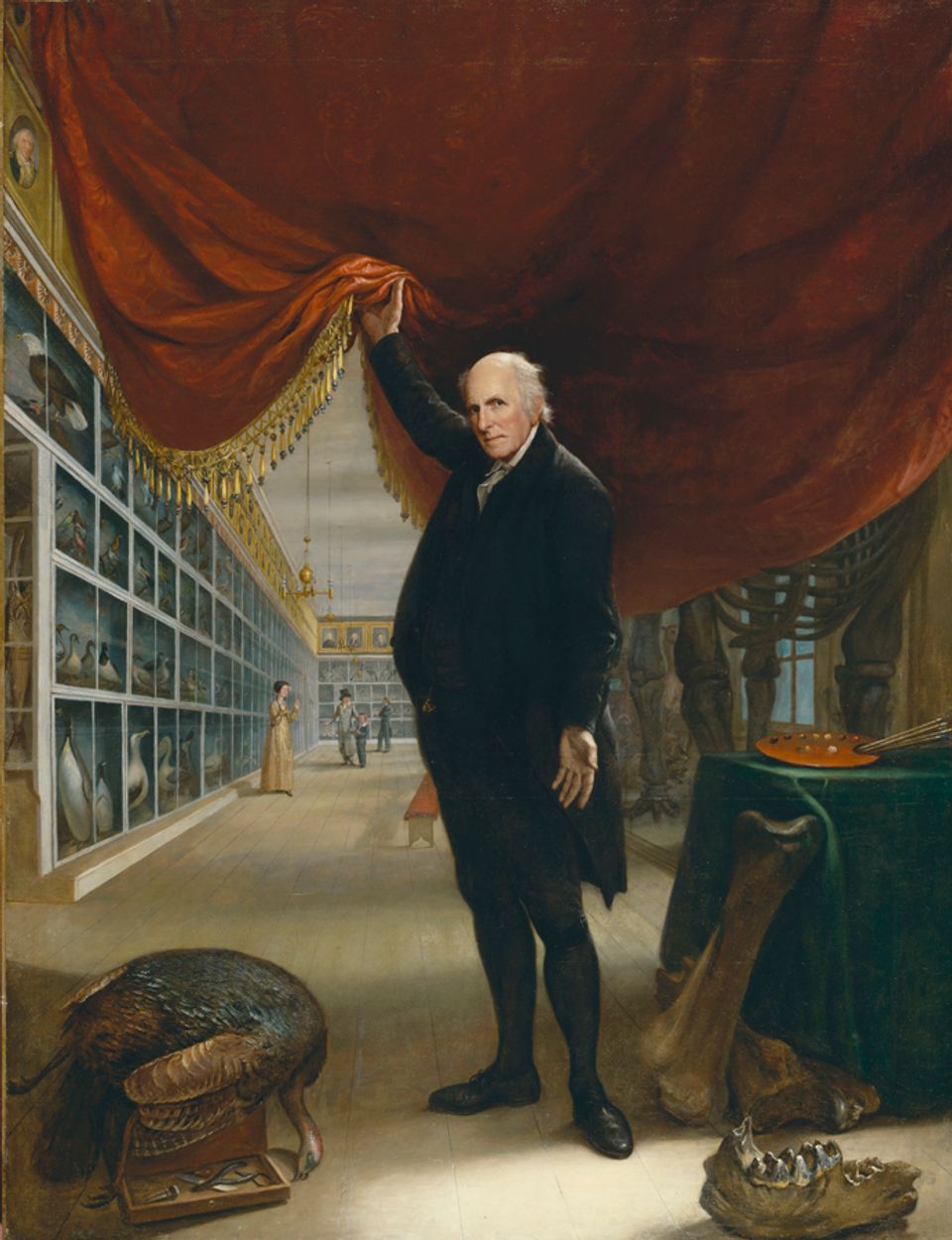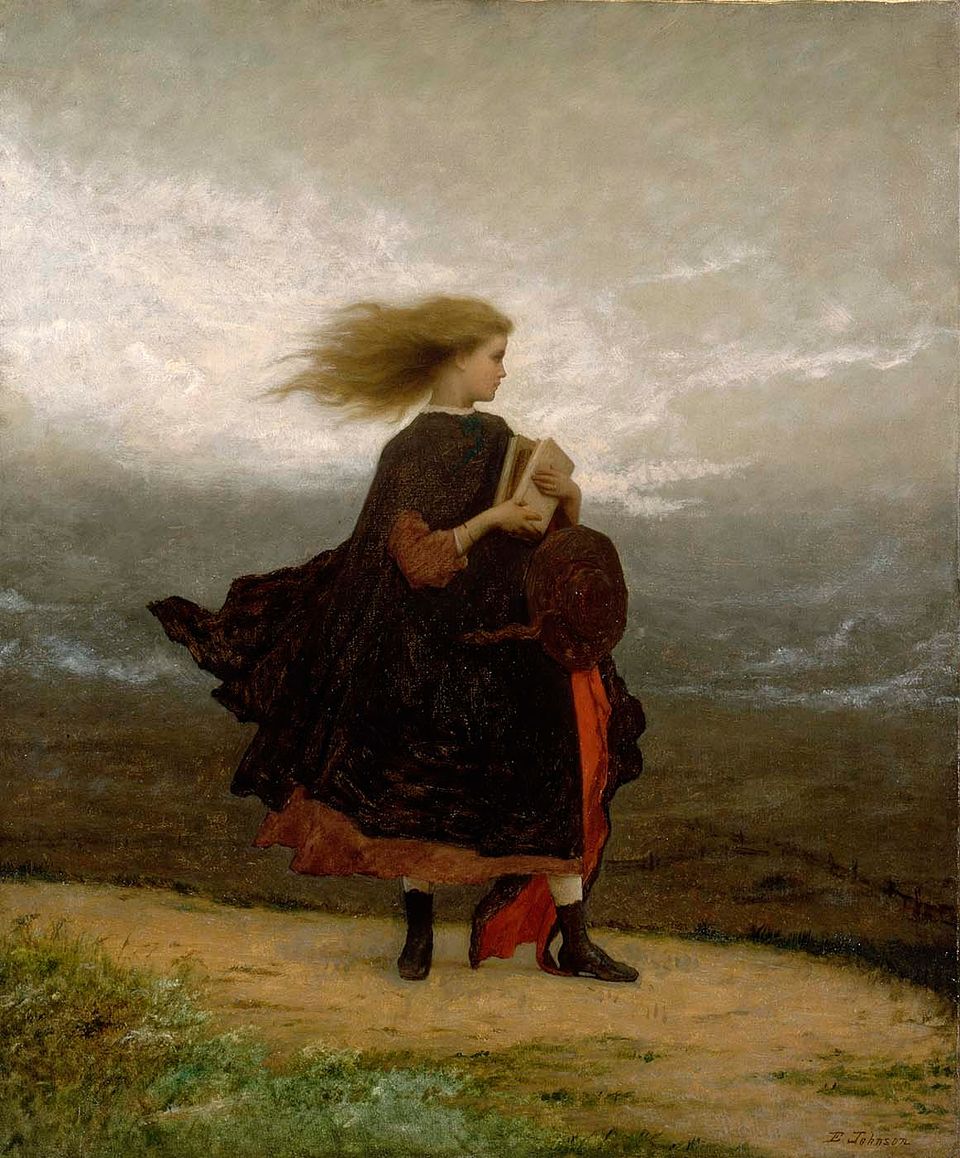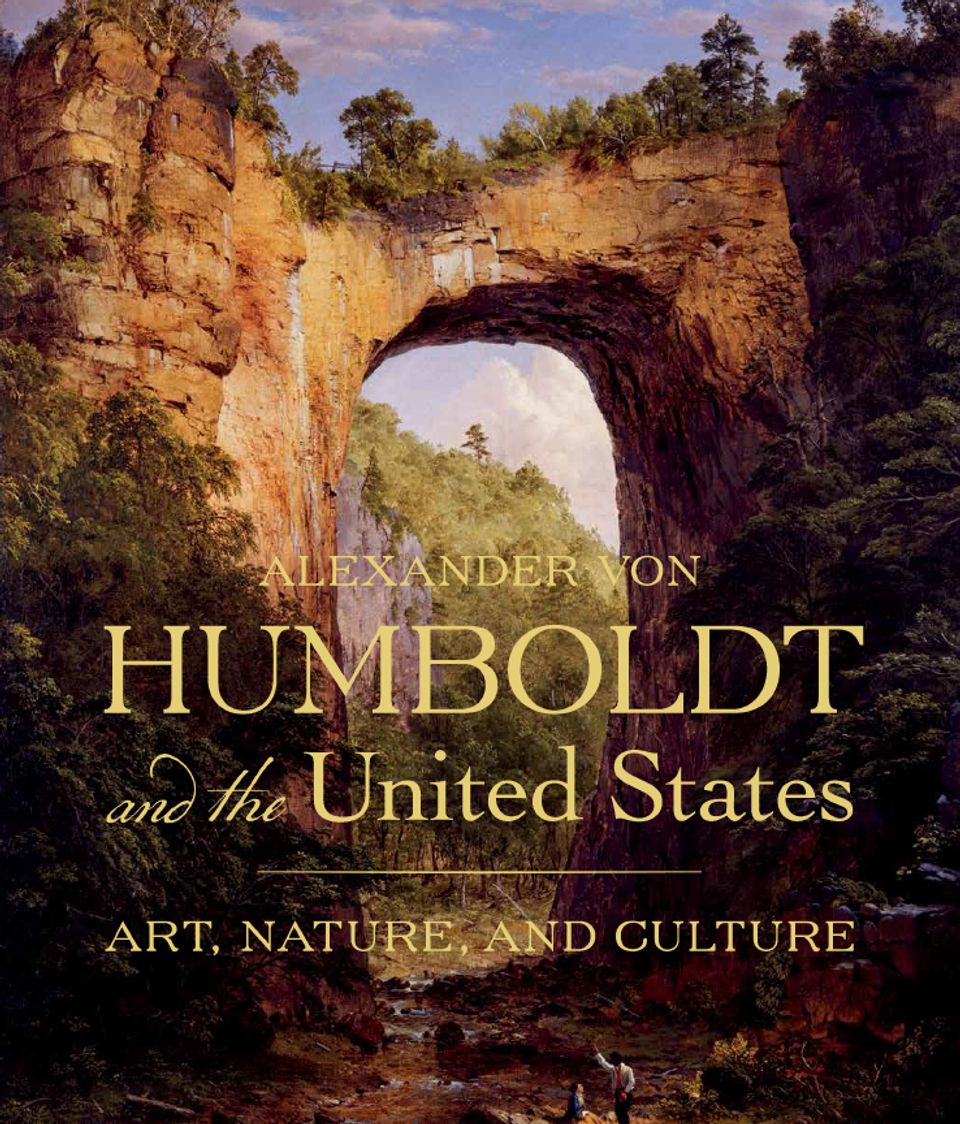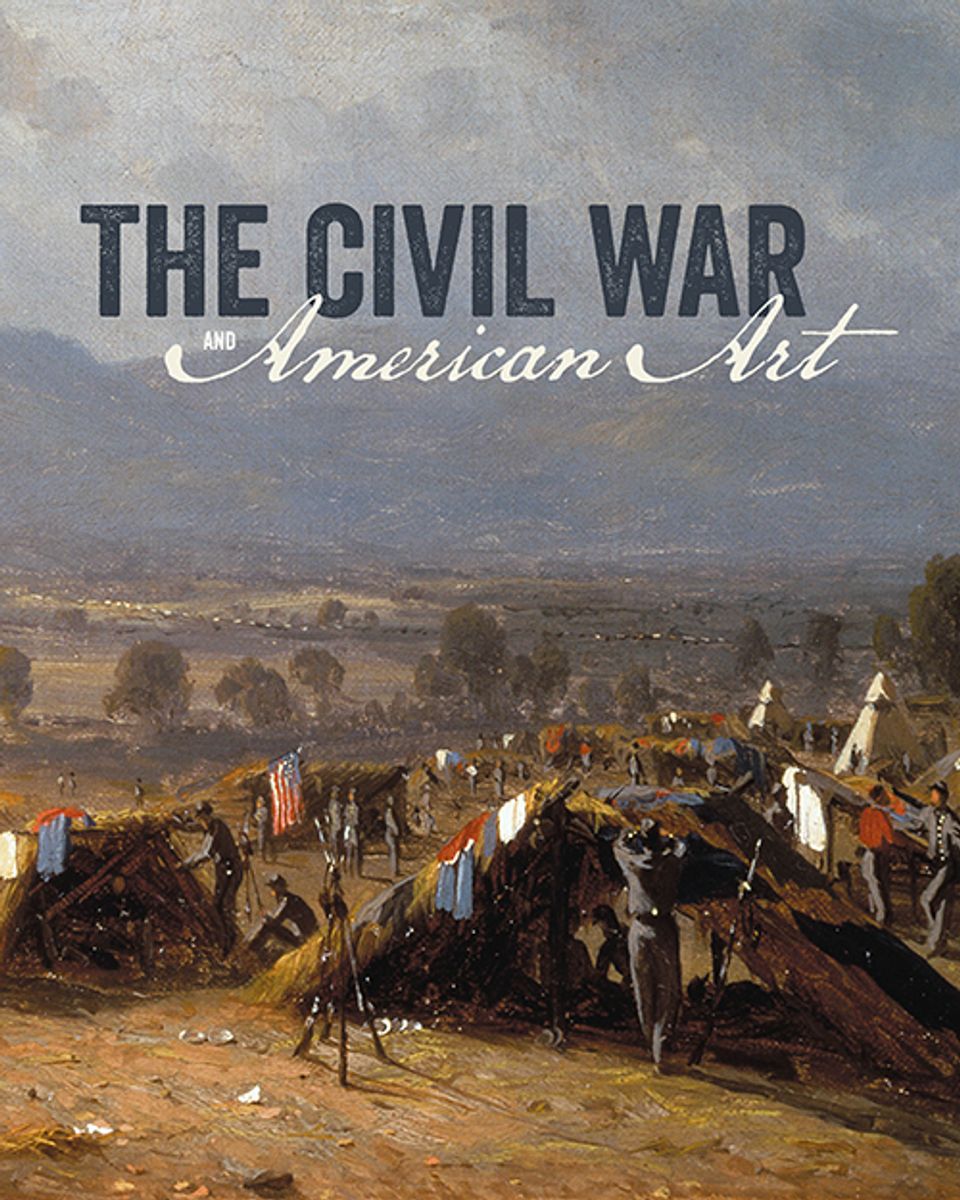Frederic Edwin Church
- Also known as
- Frederick Edwin Church
- Frederick E. Church
- Born
- Hartford, Connecticut, United States
- Active in
- Hudson, New York, United States
- Maine, United States
- Ecuador
- Vermont, United States
- Biography
Church and Thomas Cole, the two most esteemed painters of the Hudson River school, were associated from 1844 to 1846 as pupil and master. Church's early work, such as The Hooker Company Journeying Through the Wilderness, continues an allegorical trend of growing importance in Cole's late work. By the 1850s, however, Church leaned toward a more objective rendition of landscape, particularly in his New England scenes. Church is also well known for his South American views, his hugely successful Niagara, 1857 (The Corcoran Gallery of Art, Washington, D.C.), exotic subjects such as The Icebergs, 1861 (Dallas Museum of Fine Arts), and views of the Middle East. His comprehensive landscapes incorporate extensive botanical, meteorological, and geological information as well as an almost unshakable faith in a deistic universe.
References
David Huntington, The Landscapes of Frederic Edwin Church: Vision of an American Era (New York: Braziller, 1966); Kelly, Church; Franklin Kelly and Gerald L. Carr, The Early Landscapes of Frederic Edwin Church, 1845–1854 (Fort Worth: University of Texas Press, 1987).William Truettner, ed The West as America: Reinterpreting Images of the Frontier, 1820–1920 (Washington, D.C. and London: Smithsonian Institution Press, 1991)




















